Dear Grant,
I was wondering if you could expand on the idea you posed for micronutrients being almost as important as the more focused on nutrients (N,P,K, etc.) available in the soil for food plots? Also, would magnesium and calcium be considered micronutrients?
If your budget only allowed improving the soil in one aspect, would pH be the best component to correct? Seems like it would be the cheapest at least….some of our soil is as low as 5.5 pH!
Thanks in advance and great job with the burn downs (GDTV 20)!!
Andy
Andy,
While in college, I remember learning about Liebig’s Law of the Minimum. It’s simply a principle developed in the early 1800’s that states “growth is controlled not by the total of resources available, but by the scarcest resource (limiting factor).”
As an illustration, a plant could be attempting to grow in an area that had ample nitrogen (N), phosphorous (P), and potassium (K). However, if there is no iron available, the plant will not be very productive. Iron is required to form chlorophyll (for photosynthesis). Therefore, even though the plant has access to all the N, P, and K (macronutrients or nutrients that are required by plants in a high volume), its growth will be severely limited because trace amounts of iron are not available.
Many food plot farmers only test the soil in their plots to determine how much N, P, and K are available. For a few more dollars good labs, like Waters Ag, will test for the macronutrients (N, P, and K) and the most critical micronutrients also. Even fewer food plot farmers use a fertilizer that includes the most critical micronutrients. That is one reason (among many) that I use Antler Dirt.
Remember that plants are only nutrient transfer agents. If the nutrients aren’t available to the plant, they can’t be transferred to the deer. The productivity of deer (antlers and fawns, among other measures) can be limited due to the lack of trace elements. I refer to Liebig’s Law of the Minimum as the “low hole in the bucket.” As a manager, I can plug several holes, but if I don’t plug the lowest hole, the deer herd can’t express its full potential. The best deer managers constantly strive to plug the lowest hole.
Yes, I always direct my limited food plot budget to correcting the pH before spending resources on other limited nutrients. pH is often a low hole in the food plot bucket!
Growing Deer together,
Grant
🔗 Link | ↑ Top



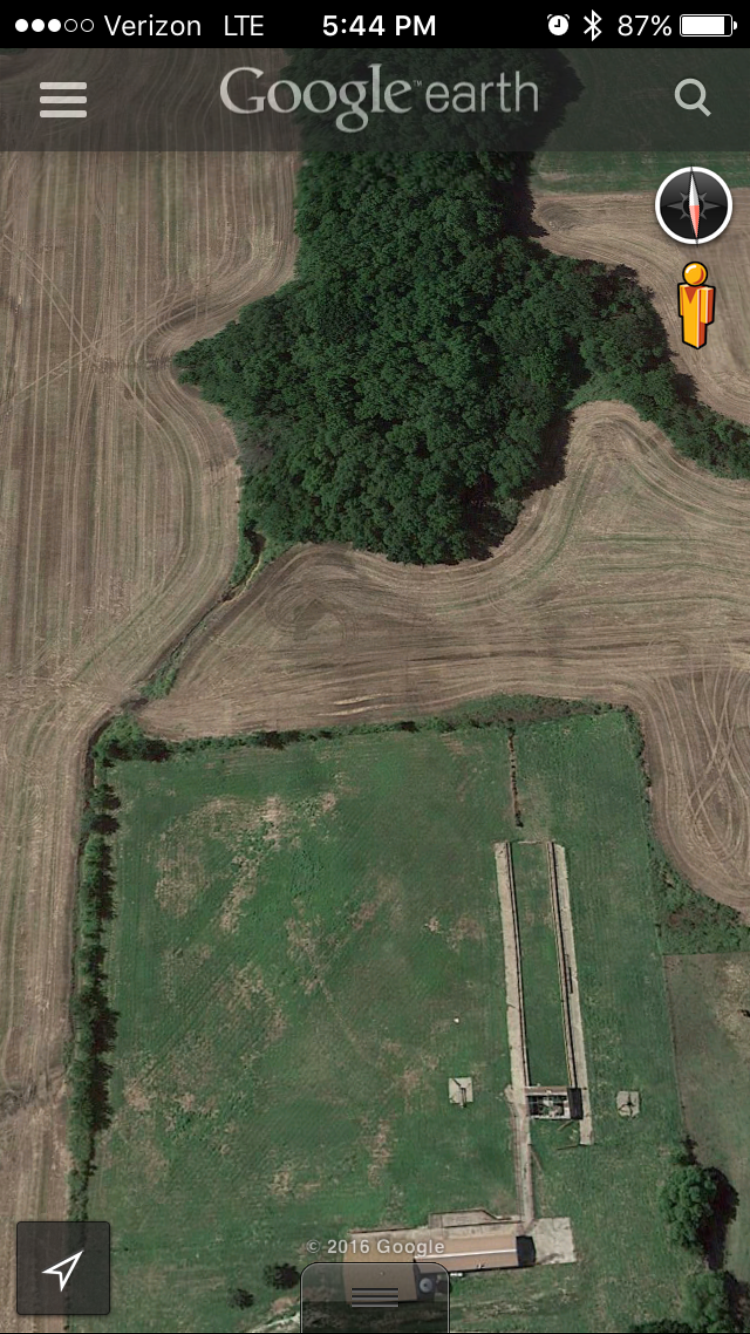


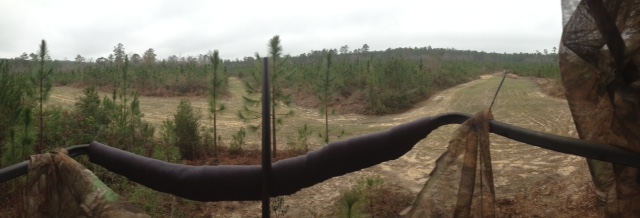
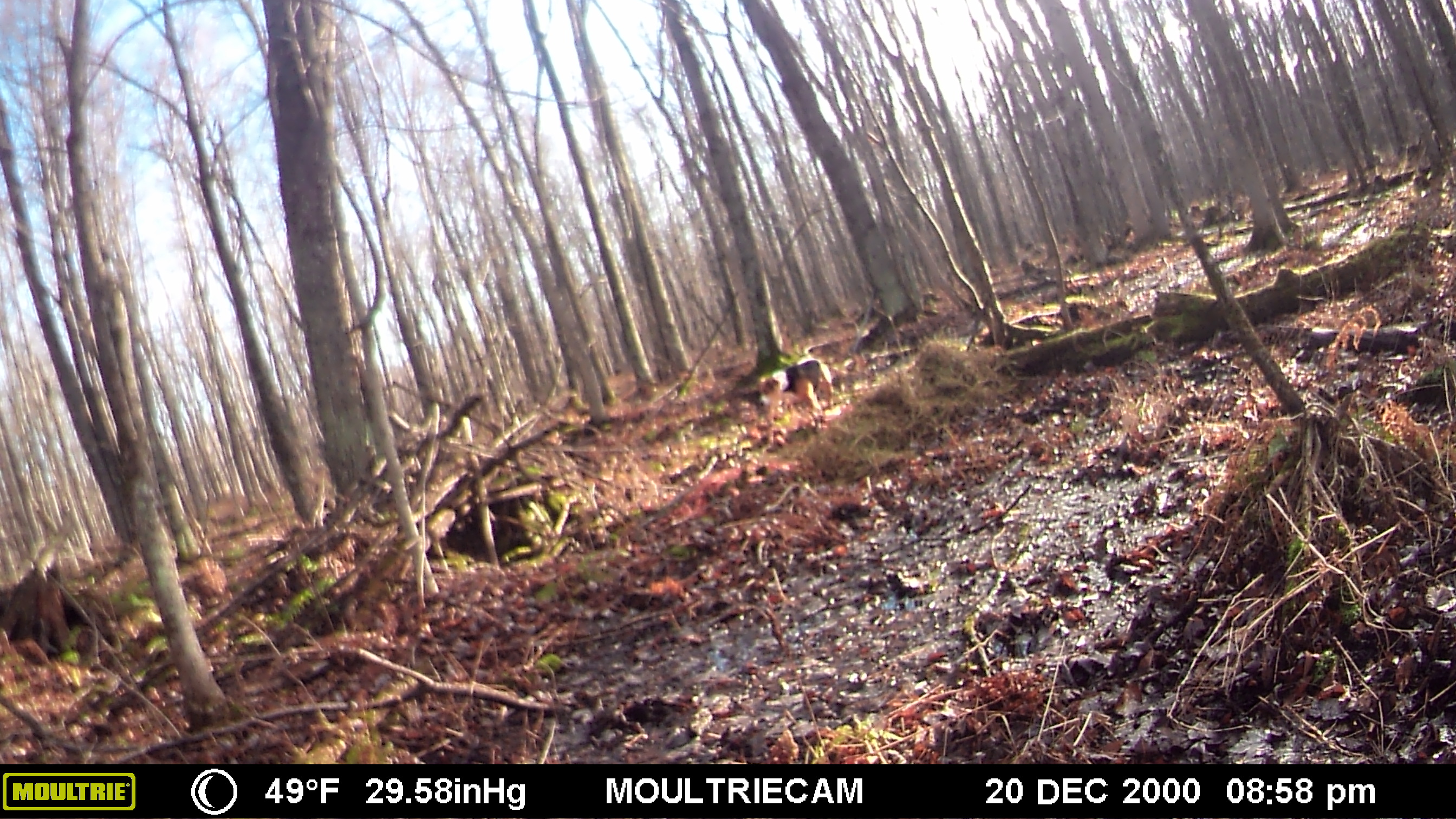


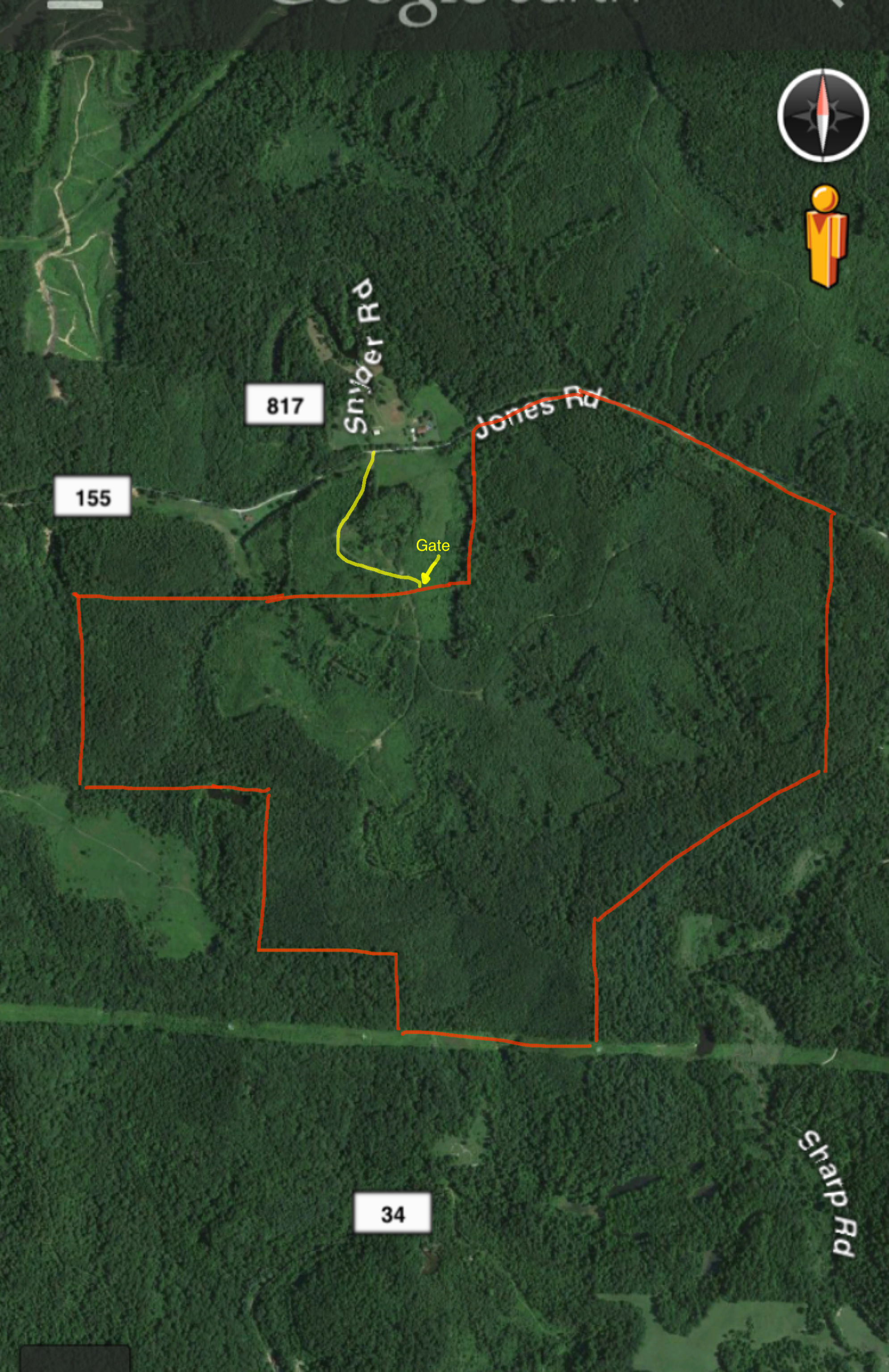
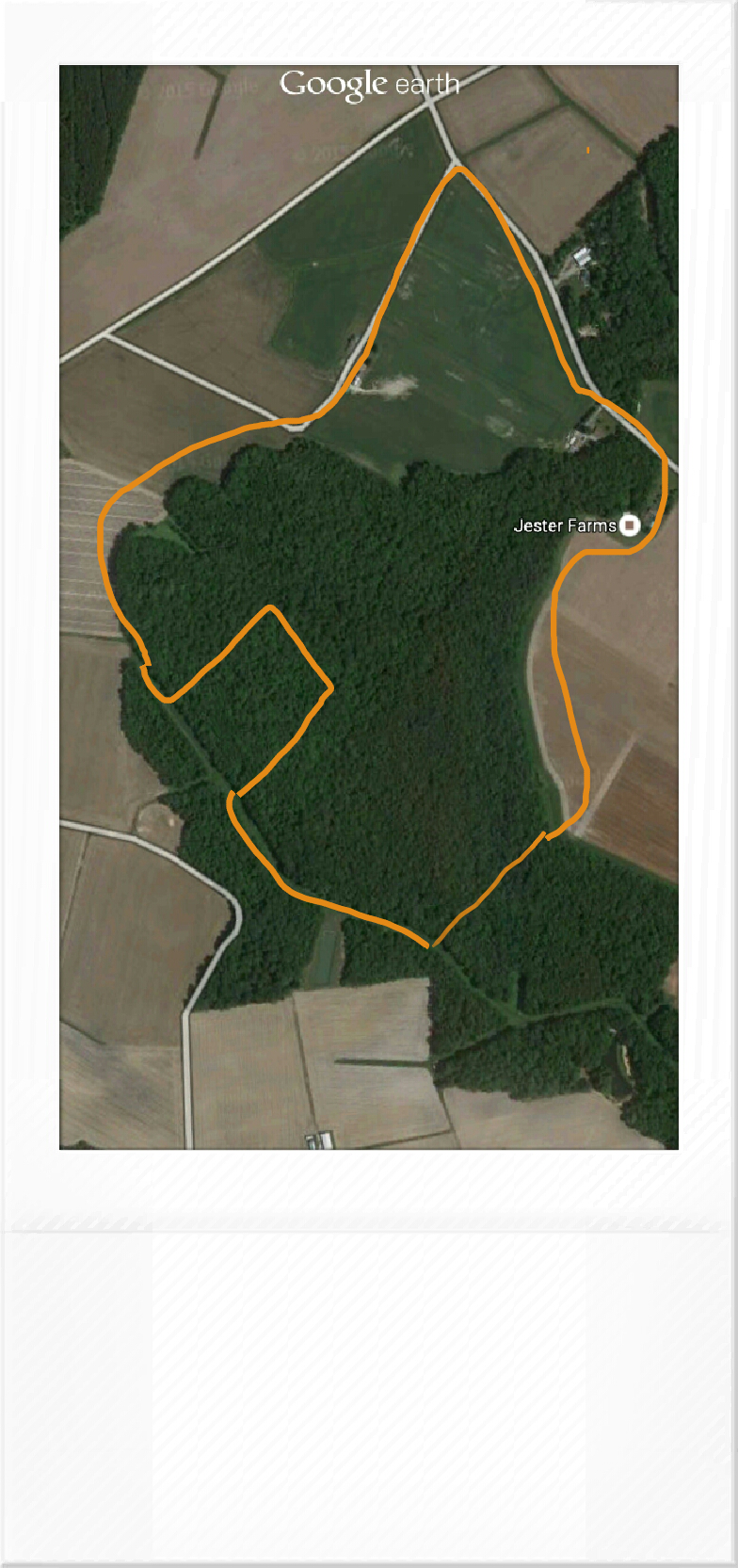

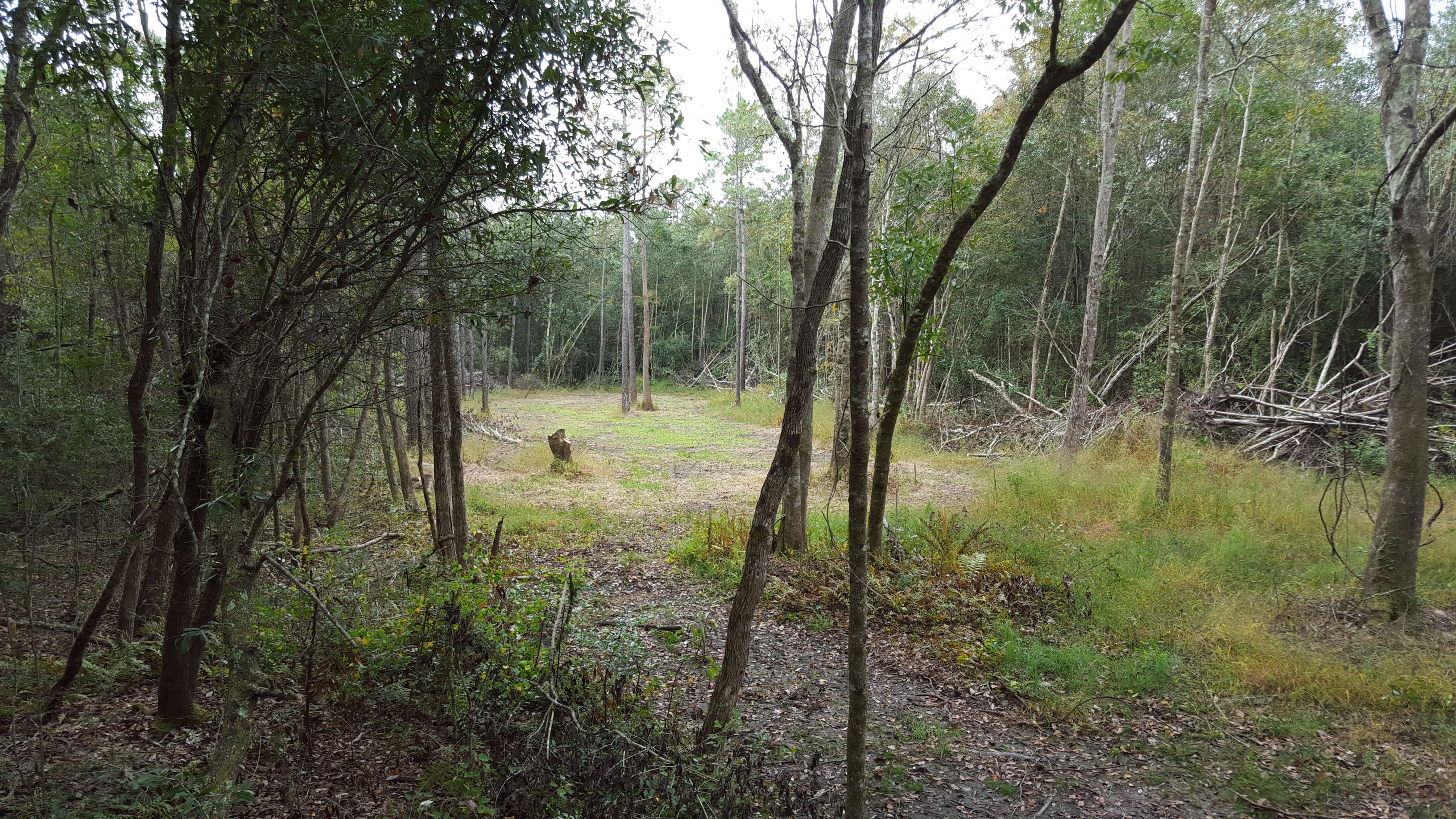
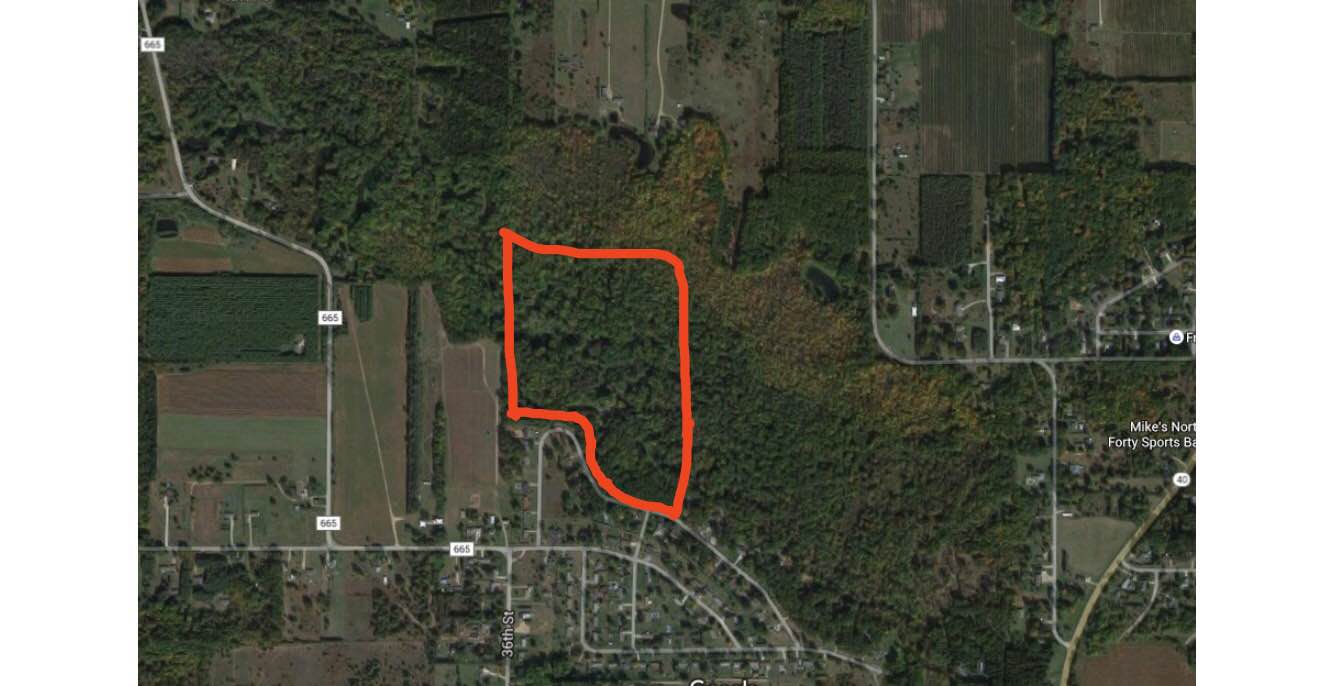
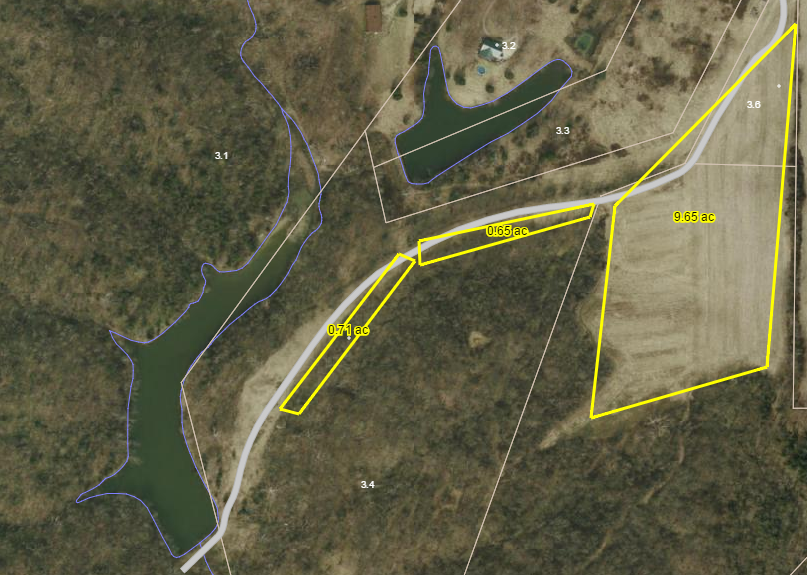
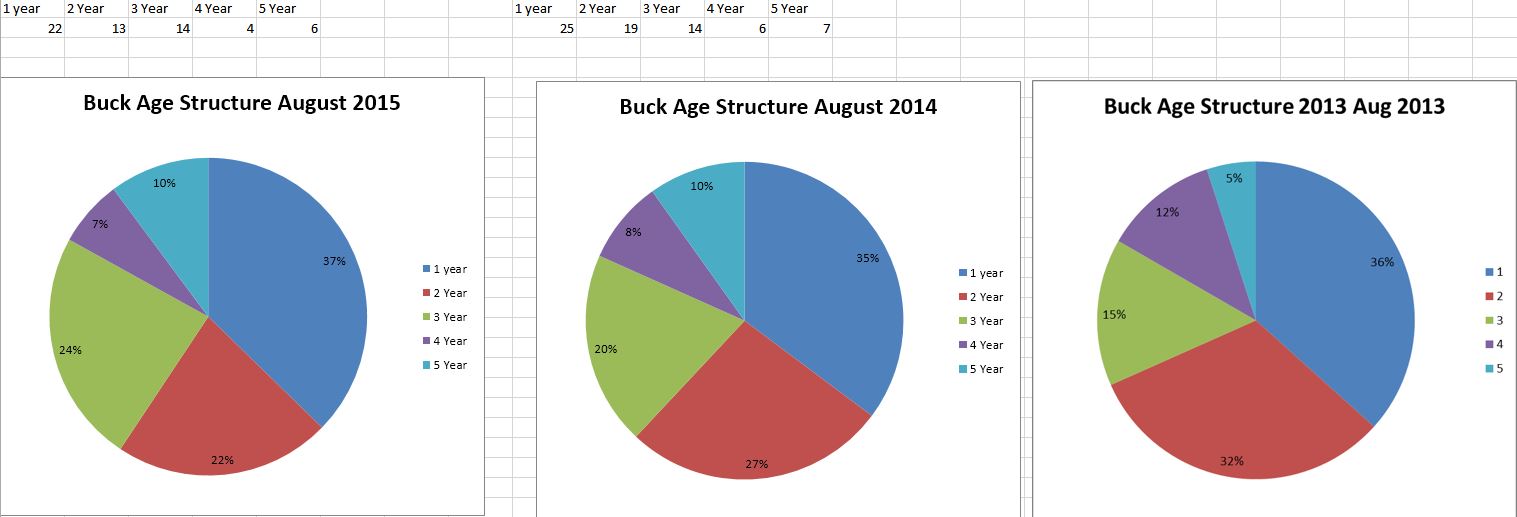

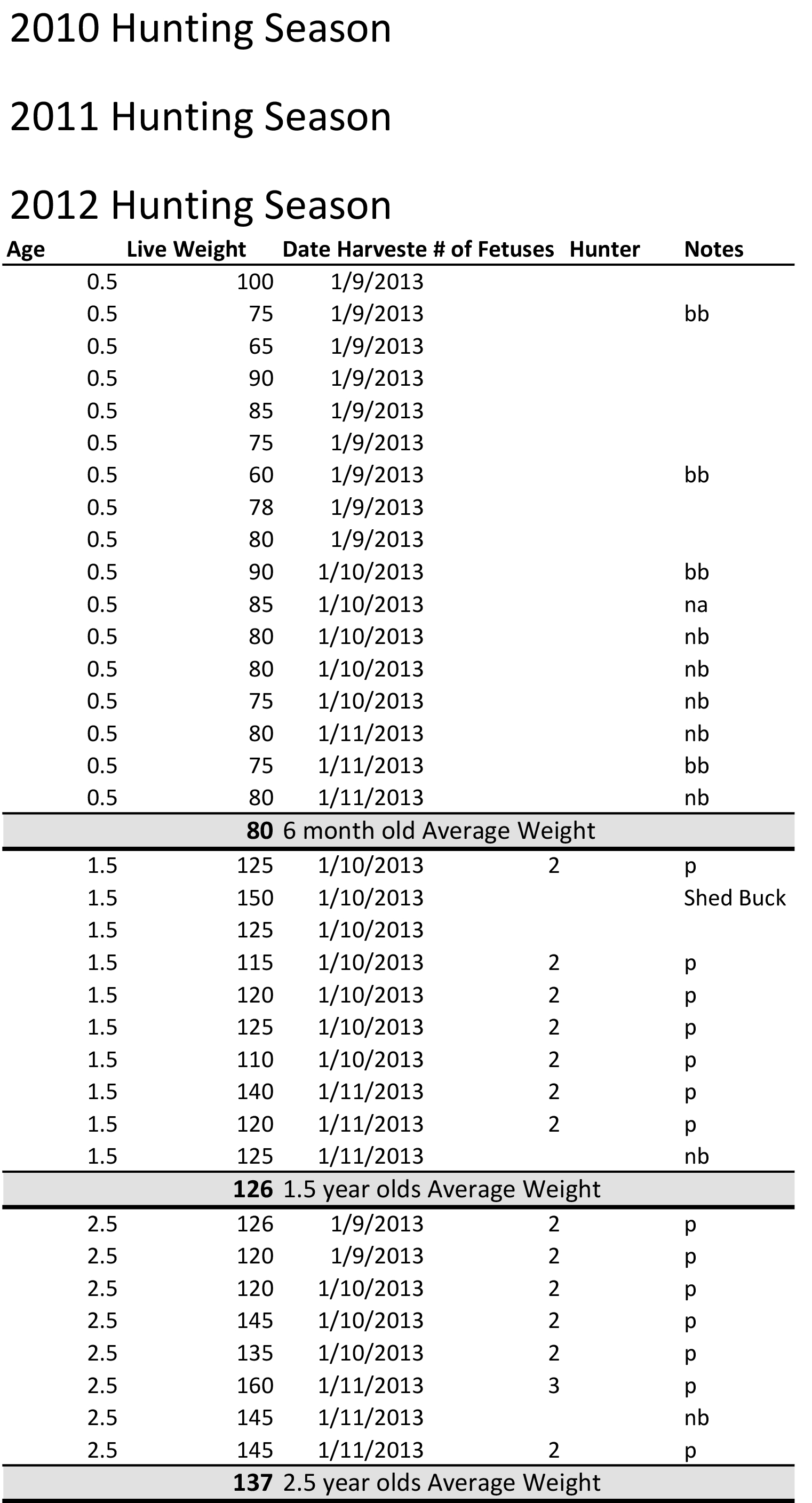
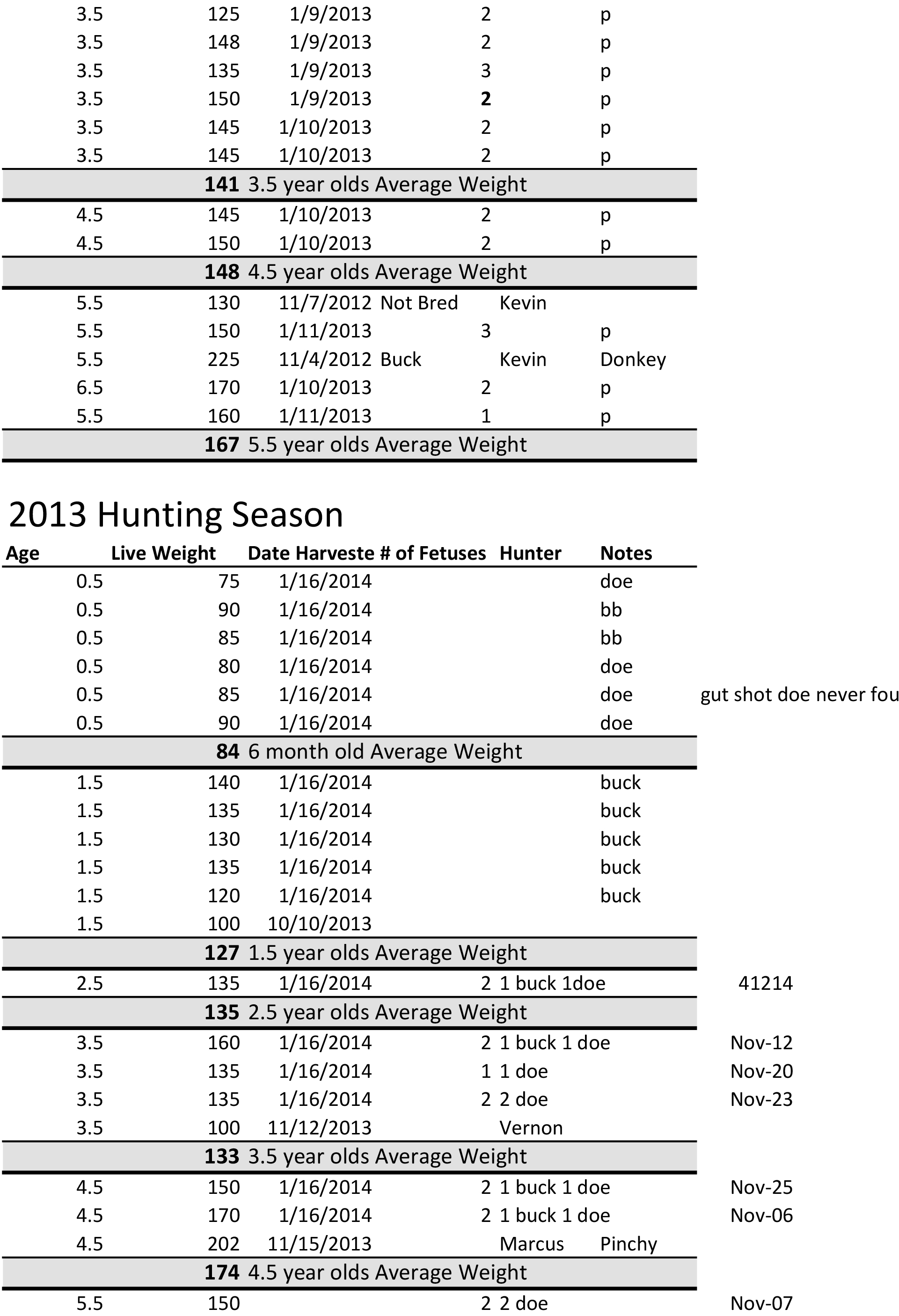

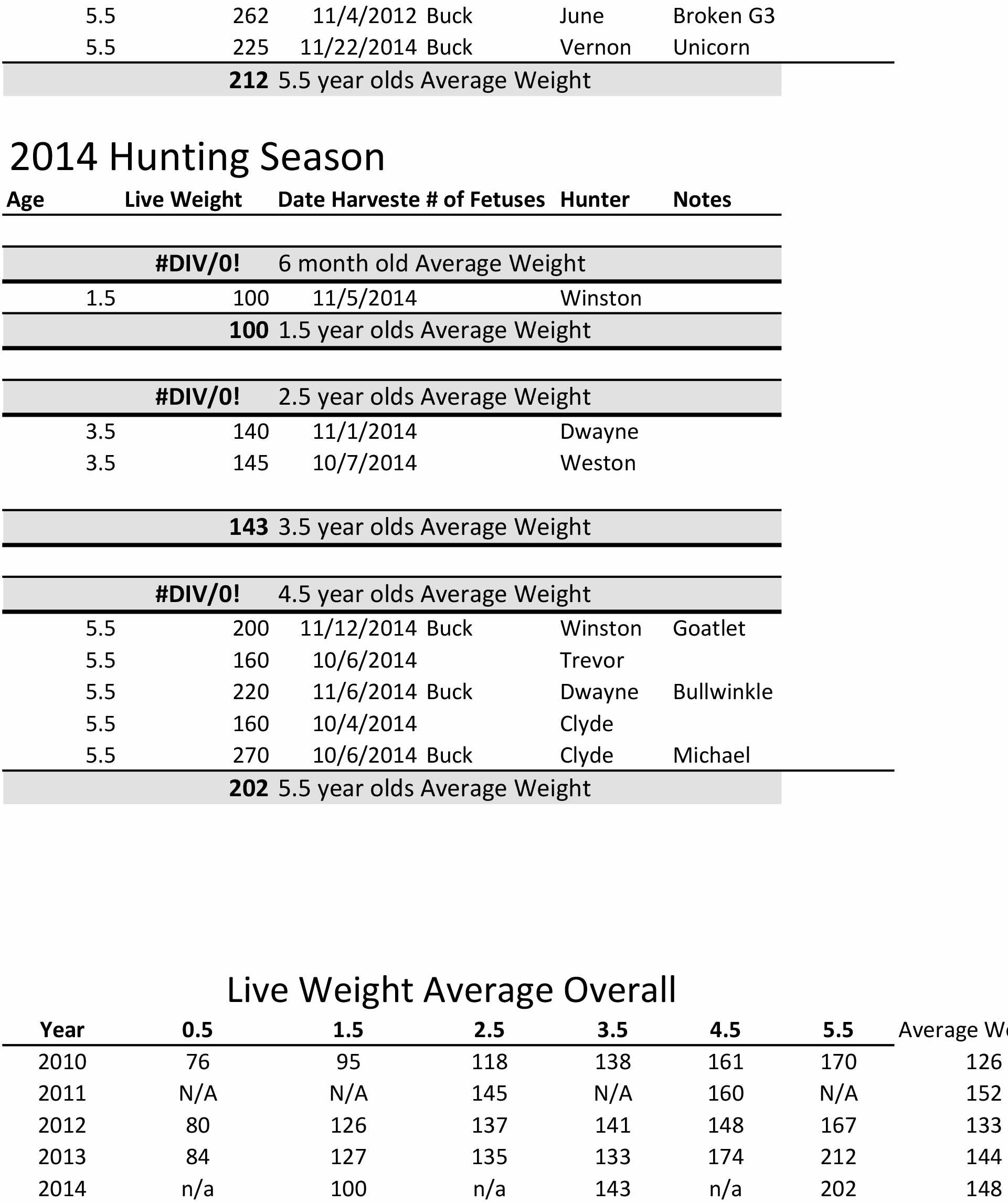
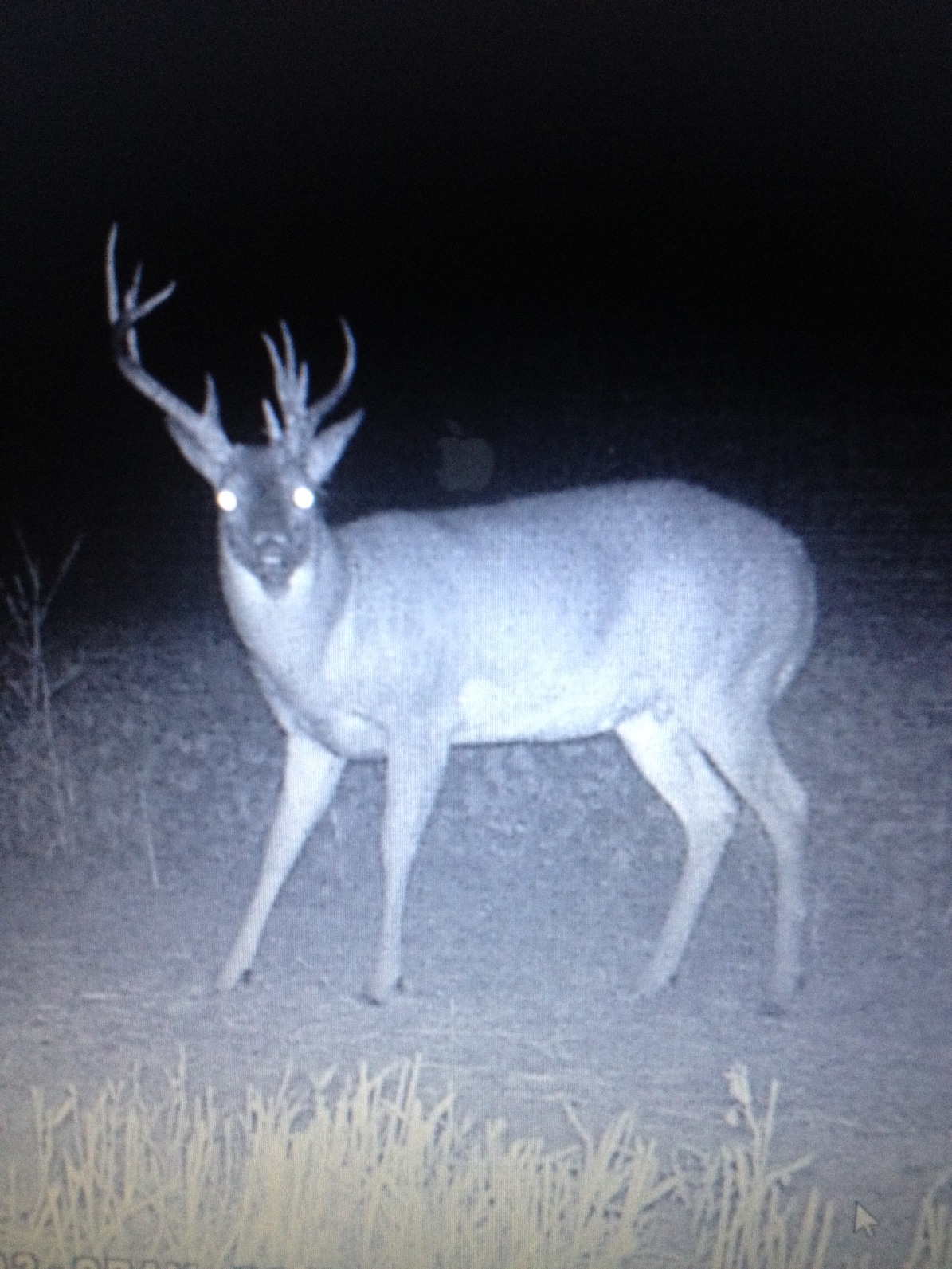
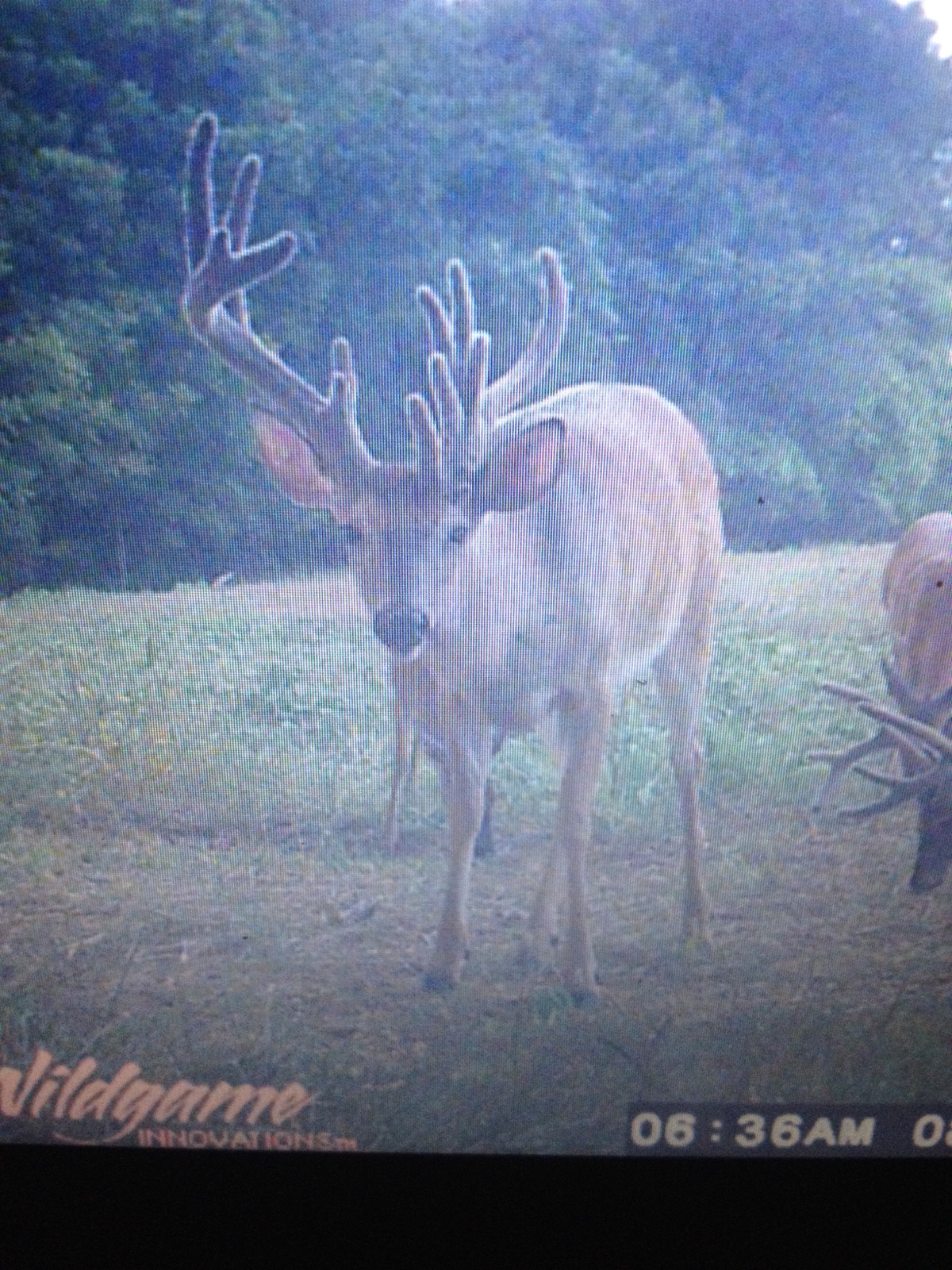
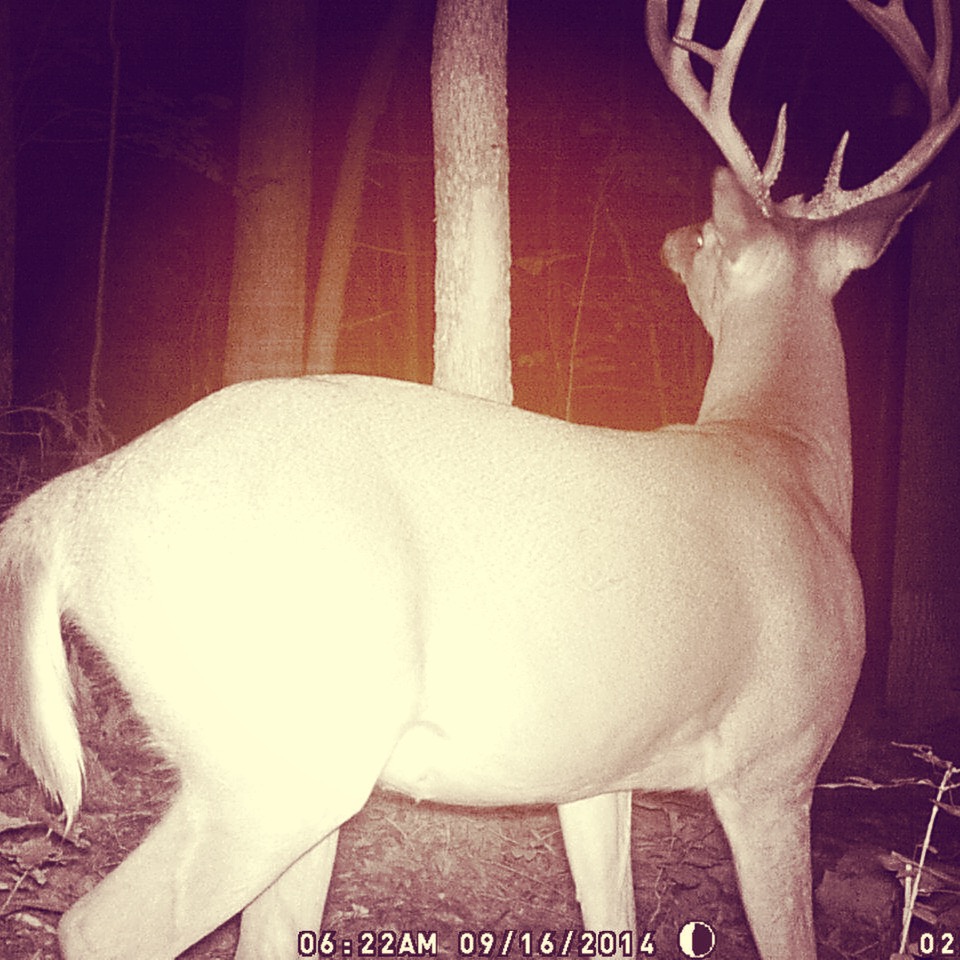
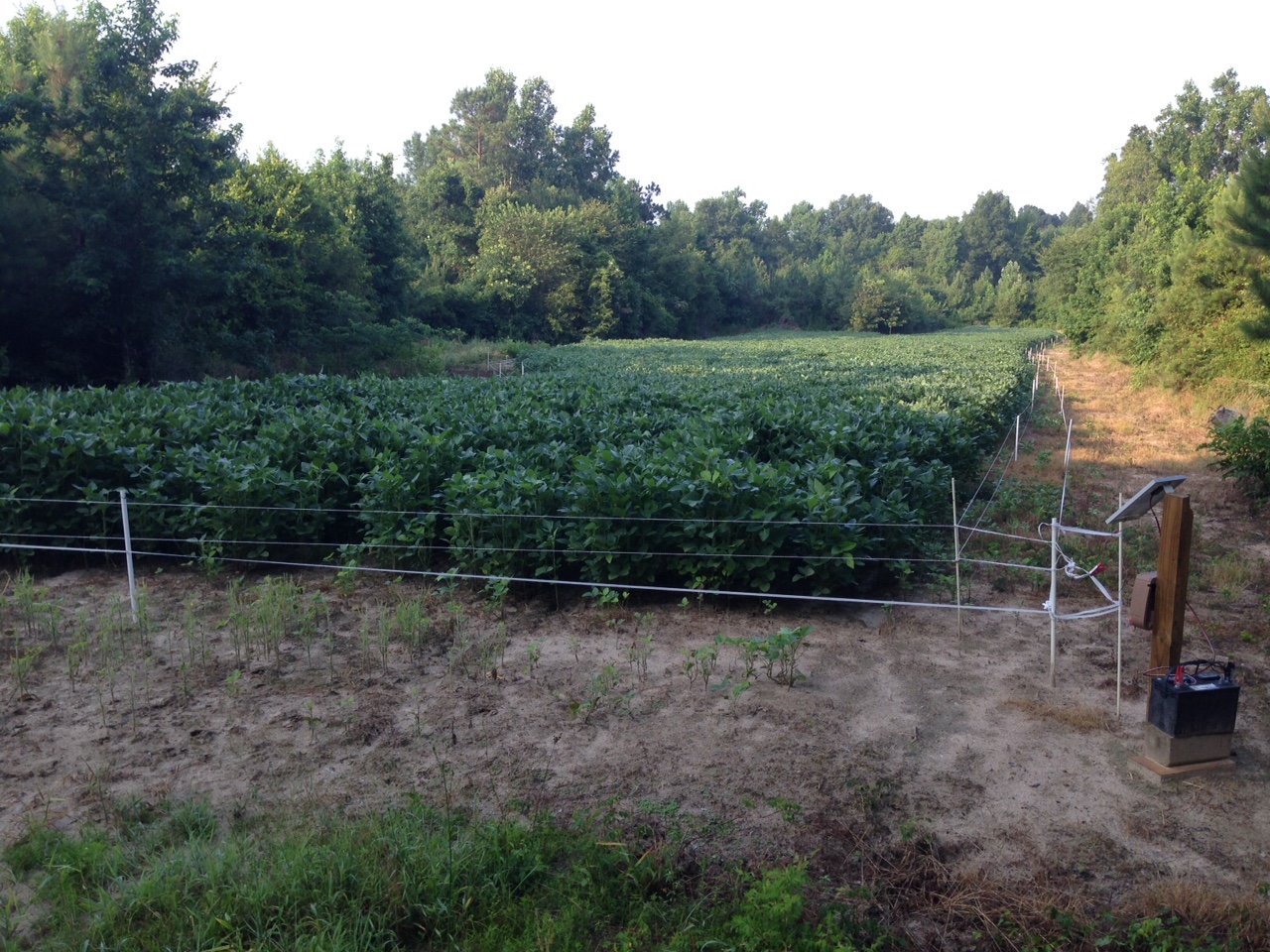
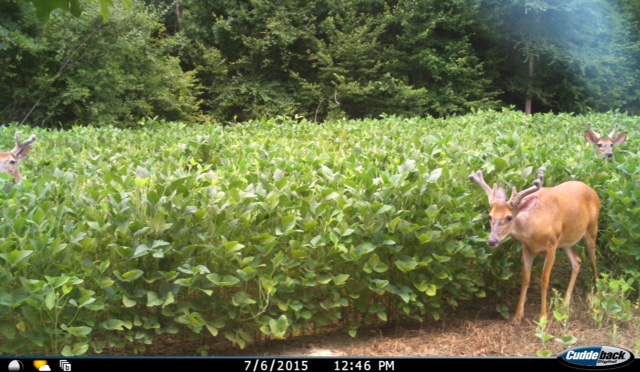
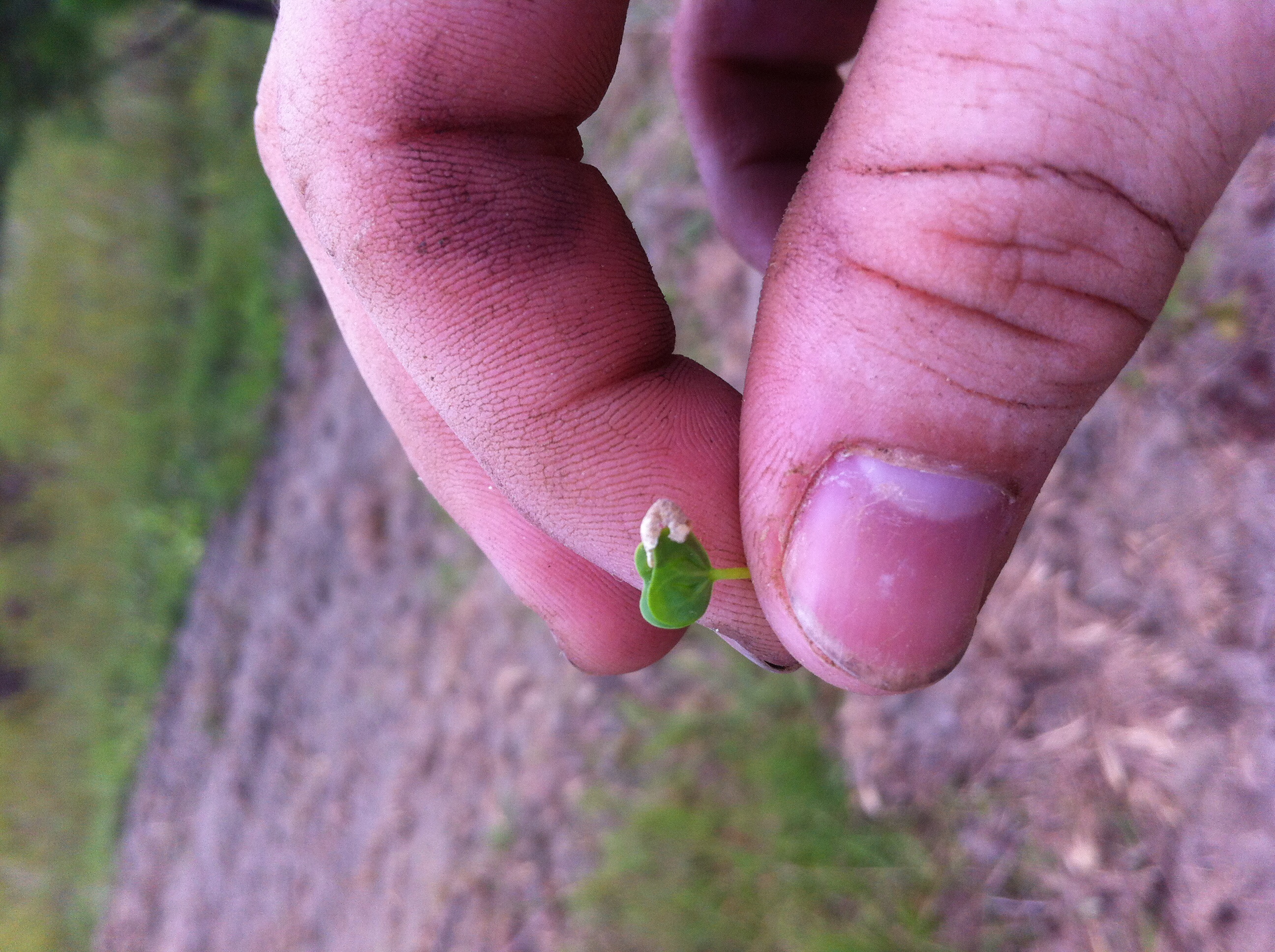

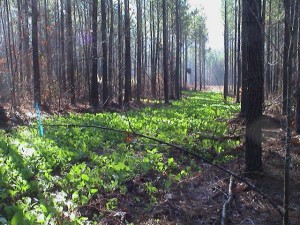 I often don’t remove the stumps. I simply spray the existing vegetation, disk, hand rake, etc., the dead vegetation, duff, etc., out of the thinned row so the planted seed will make contact with the soil, then broadcast the appropriate amount of lime, fertilizer, and seed to establish the desired crop.
I often don’t remove the stumps. I simply spray the existing vegetation, disk, hand rake, etc., the dead vegetation, duff, etc., out of the thinned row so the planted seed will make contact with the soil, then broadcast the appropriate amount of lime, fertilizer, and seed to establish the desired crop.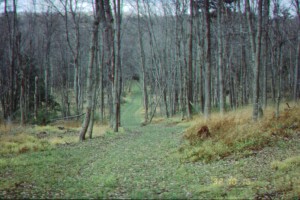 Have a soil test done to determine what nutrients are necessary to establish a healthy clover field. Clover is relativity easy to establish in such situations, I simply remove the dust/debris and living vegetation from the road by raking, etc. Then I proceed to broadcast the fertilizer and then the seed. Try to pick roads with very little slope so the fertilizer will not be washed away during periods of heavy precipitation. Fertilizer not only makes plants more nutritious but also more palatable for deer. It will attract deer in areas with low-populations densities.
Have a soil test done to determine what nutrients are necessary to establish a healthy clover field. Clover is relativity easy to establish in such situations, I simply remove the dust/debris and living vegetation from the road by raking, etc. Then I proceed to broadcast the fertilizer and then the seed. Try to pick roads with very little slope so the fertilizer will not be washed away during periods of heavy precipitation. Fertilizer not only makes plants more nutritious but also more palatable for deer. It will attract deer in areas with low-populations densities.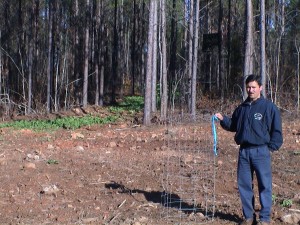
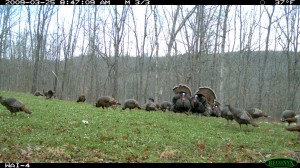 If your goal is to create an attraction plot to hunt during early, mid, and late season, mix in some brassicas as they will usually be more of an attractant later in the season. Clover is slow to produce much volume, so don’t count it as an attractant during the first season. However, it is a great attractant the following spring — if you like to turkey hunt! Turkey’s readily convert Hidey Holes in to strut zones.
If your goal is to create an attraction plot to hunt during early, mid, and late season, mix in some brassicas as they will usually be more of an attractant later in the season. Clover is slow to produce much volume, so don’t count it as an attractant during the first season. However, it is a great attractant the following spring — if you like to turkey hunt! Turkey’s readily convert Hidey Holes in to strut zones.